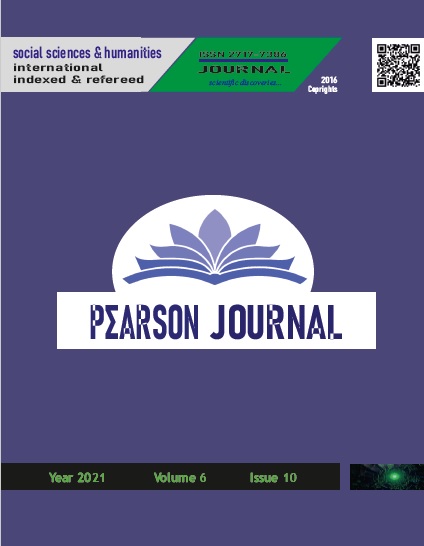HUN ARCHEOLOGY STUDIES IN RUSSIA
DOI:
https://doi.org/10.46872/pj.213Keywords:
Russia, Russian Archeology, Asian Hun Empire, Pazyryk, KurgansAbstract
Information on the political, military, economic and socio-cultural life of the steppe communities adopting a nomadic lifestyle is very limited. The first information about the Asian Hun Empire, whose exact foundation date is unknown, is obtained from the Chinese annals of the period and archaeological excavations in the last century. Archaeological excavations are essential to enlighten the glorious history of the Asian Hun Empire. As a matter of fact, Chinese, Mongolian and Russian archeology, which are among the regions where the Asian Hun empire prevailed, undoubtedly provides us with important material culture elements related to this empire. It is known that almost all of the publications made on the excavated kurgans in the field belong to Russian researchers. Undoubtedly, Geography has a great share in these studies. With the importance that Russia attaches to archaeological studies, leading Russian scientists such as Sergei Ivanovich Rudenko and M.P.Gryaznov made excavations and brought the kurgans unearthed to the scientific world. Especially; P.B Konovalov, L.A. The views of Russian scientists such as Evtyukhova, Kiselev and Smirnov shed light on the history of Proto-Turk. Among the excavated kurgans, the most remarkable kurgans are Pazırık kurgans, which are thought to have ties to the Asian Huns. Archaeological materials from this kurgan, thought to belong to the Asian Hun Empire, are the St. It is exhibited in the Hermitage museum in St. Petersburg. In this respect, Russia is one of the critical regions in illuminating the mystery of the Asian Hun history. In this study; In Russian archeology, the excavations of the Asian Hun Empire will be handled, and the importance of these kurgans in the enlightenment of the Hun history will be shed on.




